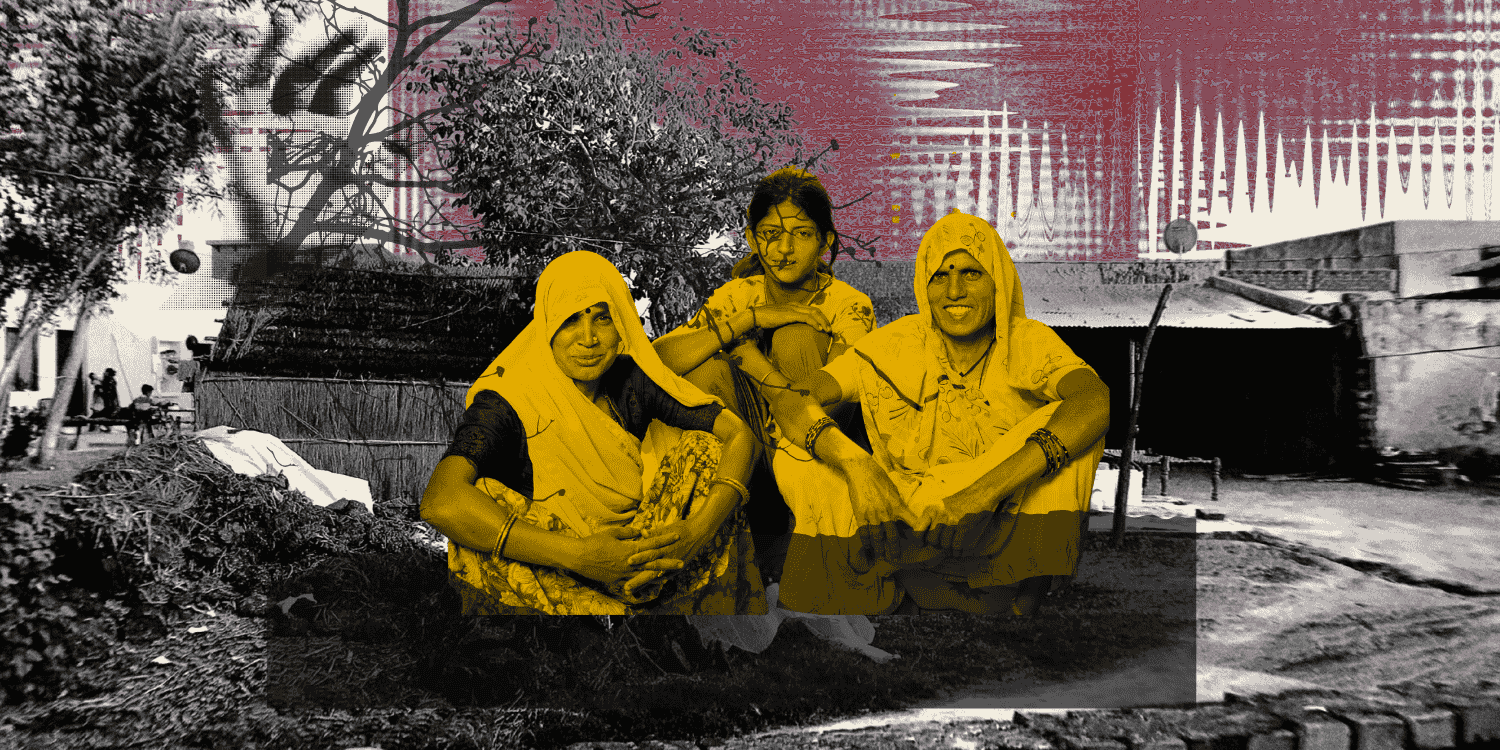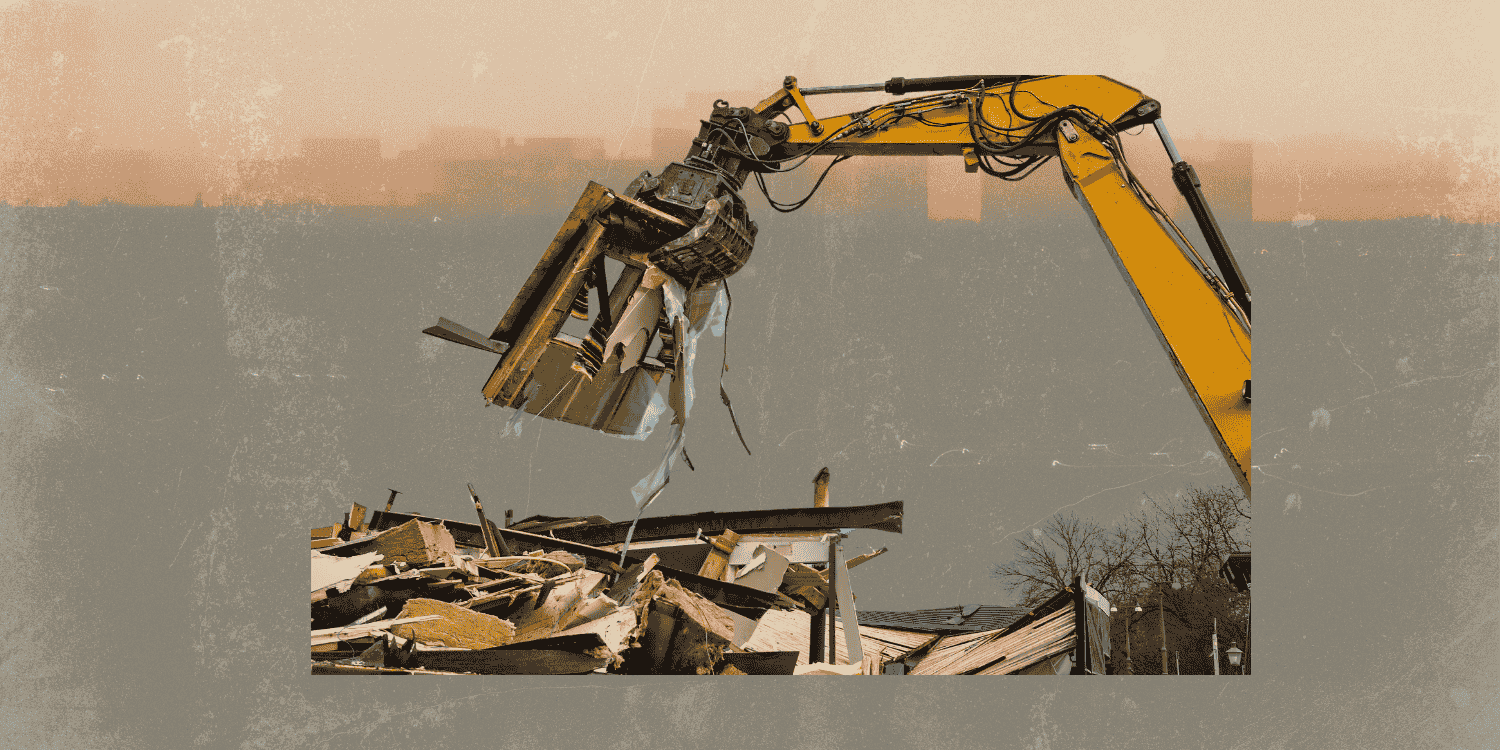ABSTRACT
This paper seeks to objectively assess the Government of India’s (GoI) move this year to open the Indian coal mining sector to commercial operations by private industry. The paper delves into why it is unlikely for any additional increase in capacity to occur in the absence of significant interventions from the GoI on behalf of private industry. The paper further concludes that while the move may not contribute to the stated aim of minimising imports, it could instead lead to the dispossession and exploitation of forest-dependent communities.
INTRODUCTION
The Ministry of Coal (MoC), through a notification on 18 June 2020, officially launched the process of auctioning 41 coal mines, thus opening up the Indian coal mining sector to commercial operations by private industry. Launched under the “Atmanirbhar Bharat Abhiyan”, the stated aim of the move is to “enable the country achieve self-sufficiency in meeting its energy needs and boost industrial development” (Press Information Bureau 2020b). Industries that were earlier subjected to end-use restrictions can now freely utilise coal extracted from the mines identified for auction under the process either for captive consumption or for sale, including export. The GoI claims that this would enable the generation of capital investments in India amounting to INR 33,000 crore over the next 5-7 years and the simultaneous creation of over 2.8 lakh direct and indirect jobs. Notably, the auctioning of the coal mines under the Coal Mines (Special Provisions) Act, 2015, and the Mines and Minerals (Development and Regulation) Act, 1957, is being carried outpost their amendment in January 2020, whereby the qualification of prior experience in coal mining was removed as a restriction to participate (Press Information Bureau 2020a). Additionally, the move comes on the back of a decision by the Union Cabinet on 28 August 2019 allowing 100% foreign direct investment (FDI) for coal mining under the automatic route (Press Information Bureau 2019).
PRIVATE INDUSTRY IN COAL MINING: MAJOR TRENDS
After the nationalisation of the coal industry in the 1970s and the creation of Coal India Limited (CIL) in 1975, widening demand-supply gap of coal owing to prevalent industrial practices were increasingly curtailed and effectively bridged by 1991. However, with the liberalisation of the economy and the resultant increase in the industrial energy demand, GoI in 1992 identified coal blocks for allocation that were not already a part of production plans. Coal mines thus recognised began to be allocated from 1993 onwards to both private industry and Public Sector Enterprises after amending The Coal Mines (Nationalisation) Act, 1973, with those for private enterprises being allocated through the recommendations of an Inter-Ministerial Screening Committee (Comptroller and Auditor General of India 2012). Between 1993 and 2011, a total of 218 coal blocks were allocated by the MoC (Ministry of Coal 2016).
[ohio_button layout=”fill” shape_size=”large” shape_position=”left” full_width=”1″ icon_use=”1″ link=”url:/wp-content/uploads/2021/02/04.12.2020_Indias-Coal-Block-Auctions-A-Contextual-Reappraisal-.pdf|title:Read%20More” icon_as_icon=”linea-basic-eye” title_typo=”{“font_size“:““,“line_height“:““,“letter_spacing“:““,“color“:“#262626“,“weight“:“inherit“,“style“:“inherit“,“use_custom_font“:false}” title_typo_hover=”{“font_size“:““,“line_height“:““,“letter_spacing“:““,“color“:“#262626“,“weight“:“inherit“,“style“:“inherit“,“use_custom_font“:false}” color=”brand”]






